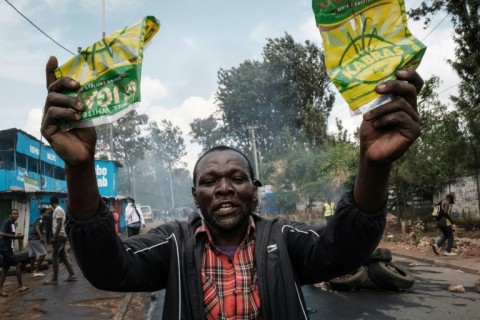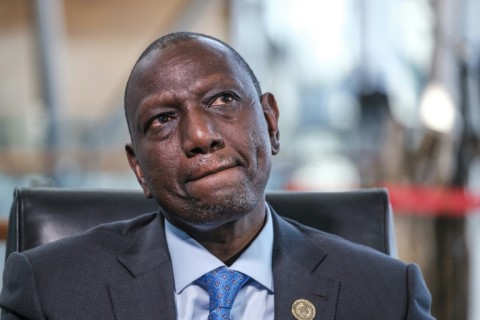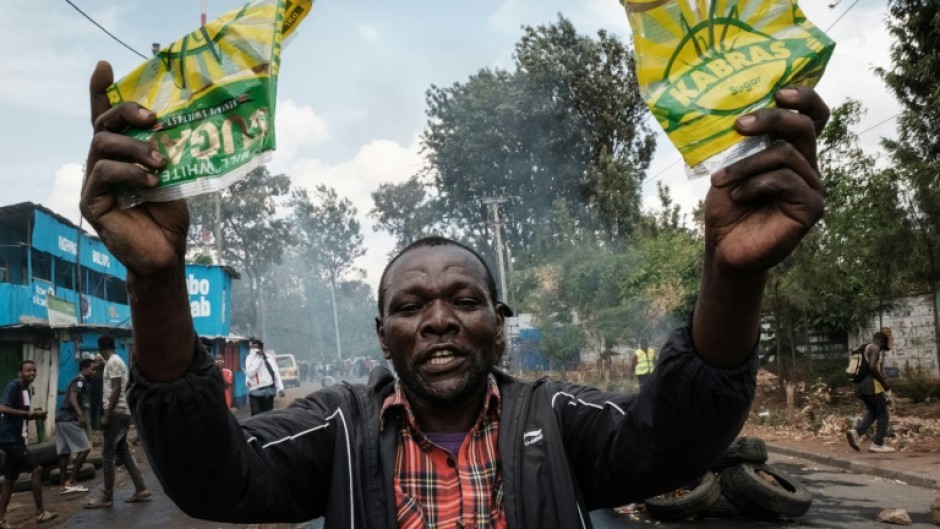
NAIROBI - An economic and political powerhouse in East Africa, Kenya has seen a slew of ambitious infrastructure projects take off in recent years -- but problems are festering beneath the ritzy facade.
Inflation hit 9.2 percent in February, according to the latest government figures.
A record drought has left millions hungry, with a sixth rainy season between March and May forecast to fail.
The country's currency, the Kenyan shilling, has sunk to historic lows, losing nearly four percent of its value against the dollar in the past month alone, according to the think tank Oxford Economics Africa.
Although the Covid-19 pandemic and the war in Ukraine have contributed to the crisis, protesters like Monari believe their government could do much more to ease their pain.
They are now set to stage demonstrations twice a week, throwing down a major challenge to President William Ruto's administration, six months after he took office.
Monday's protest proved costly, with Nairobi losing more than half its daily revenue as people kept away from the central business district, the city's governor Johnson Sakaja said.
Deputy President Rigathi Gachagua said the demonstrations cost Kenya $15-million.

Economists say the future looks grim.
"Our short-term outlook remains tilted to the downside," Shani Smit-Lengton of Oxford Economics told AFP, adding that the country would continue to suffer from a lack of foreign exchange for up to 18 months.
The dry weather spell is expected to dampen agricultural prospects, while the vital tourism industry, which accounts for almost 10 percent of GDP, may take a hit from the protests.
The weakening currency, now trading at around 140 shillings to the dollar, has also dealt a blow to debt-ridden Kenya's loan repayment costs, which have ballooned.
Public debt currently amounts to about nine trillion shillings (around $70-billion), according to central bank figures, nearing the 10-trillion-shilling ceiling set last year by parliament.
The treasury has proposed to replace the ceiling with a debt anchor of 55 percent of GDP.
Until the government restructures the debt, the economic situation is unlikely to change, economist Reginald Kadzutu told AFP.
"We have been running an economy on debt that has not been that productive," he said, adding that the economy had been "driven by government infrastructure spending."
The International Monetary Fund is set to review the country's credit facility in May, with more loans expected to be disbursed in June.

